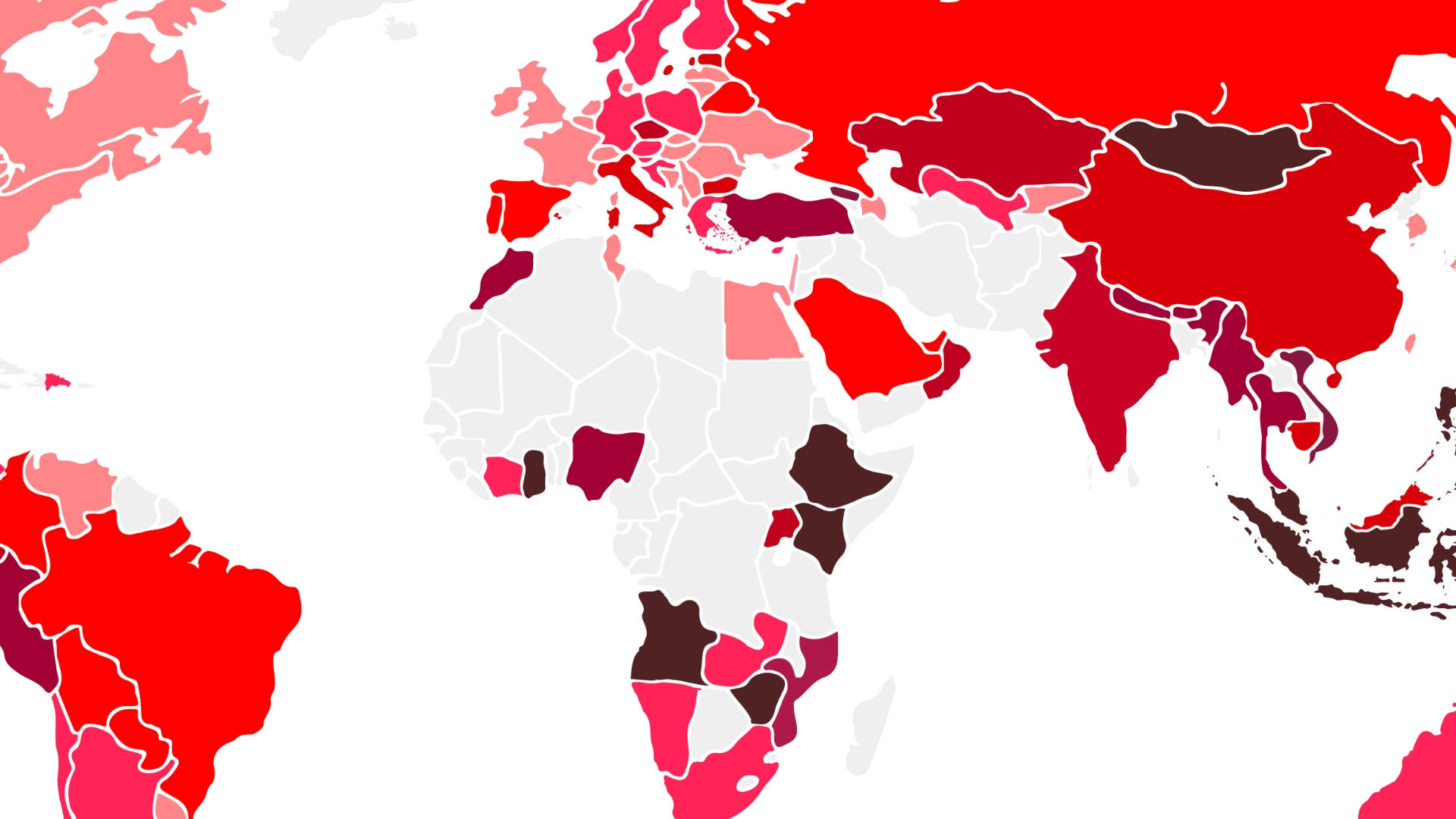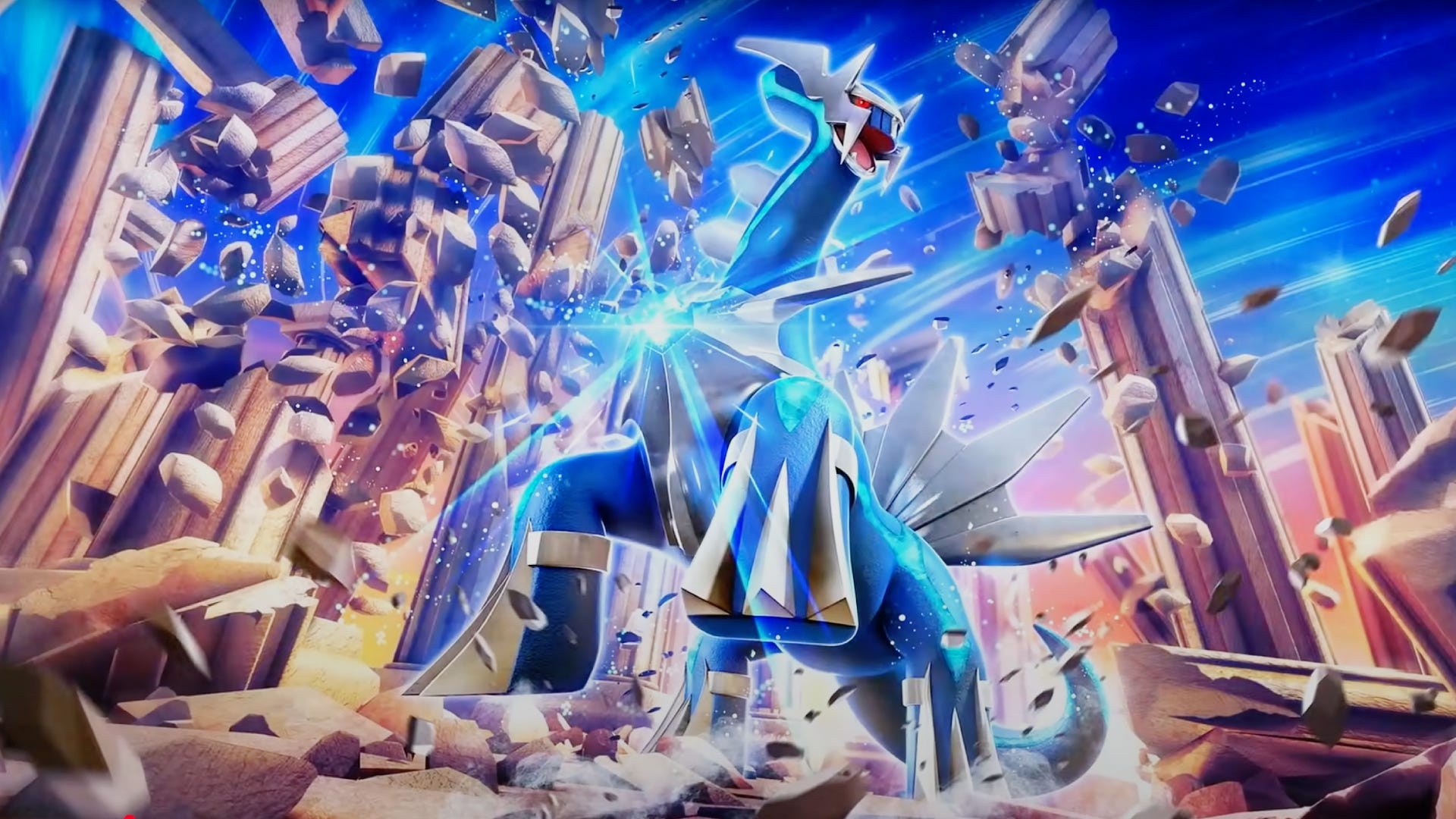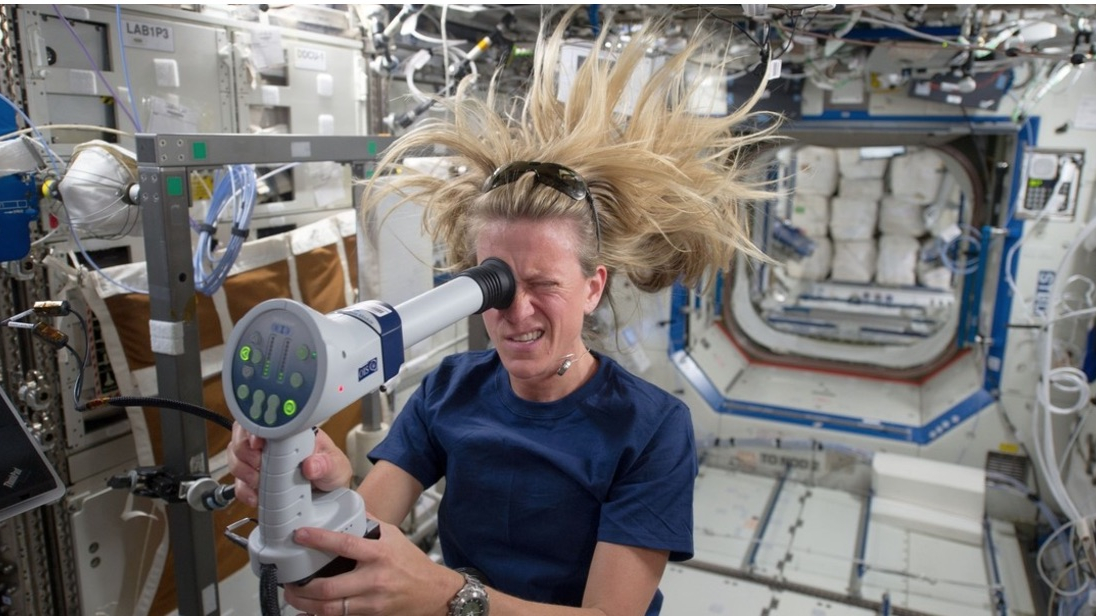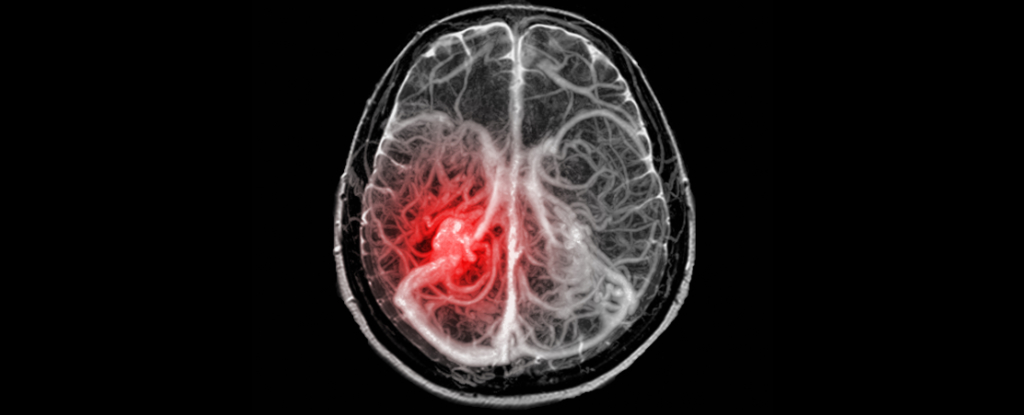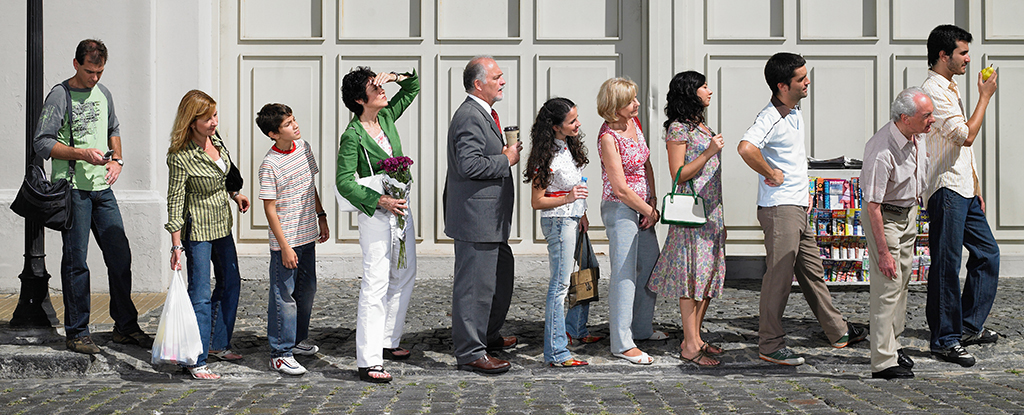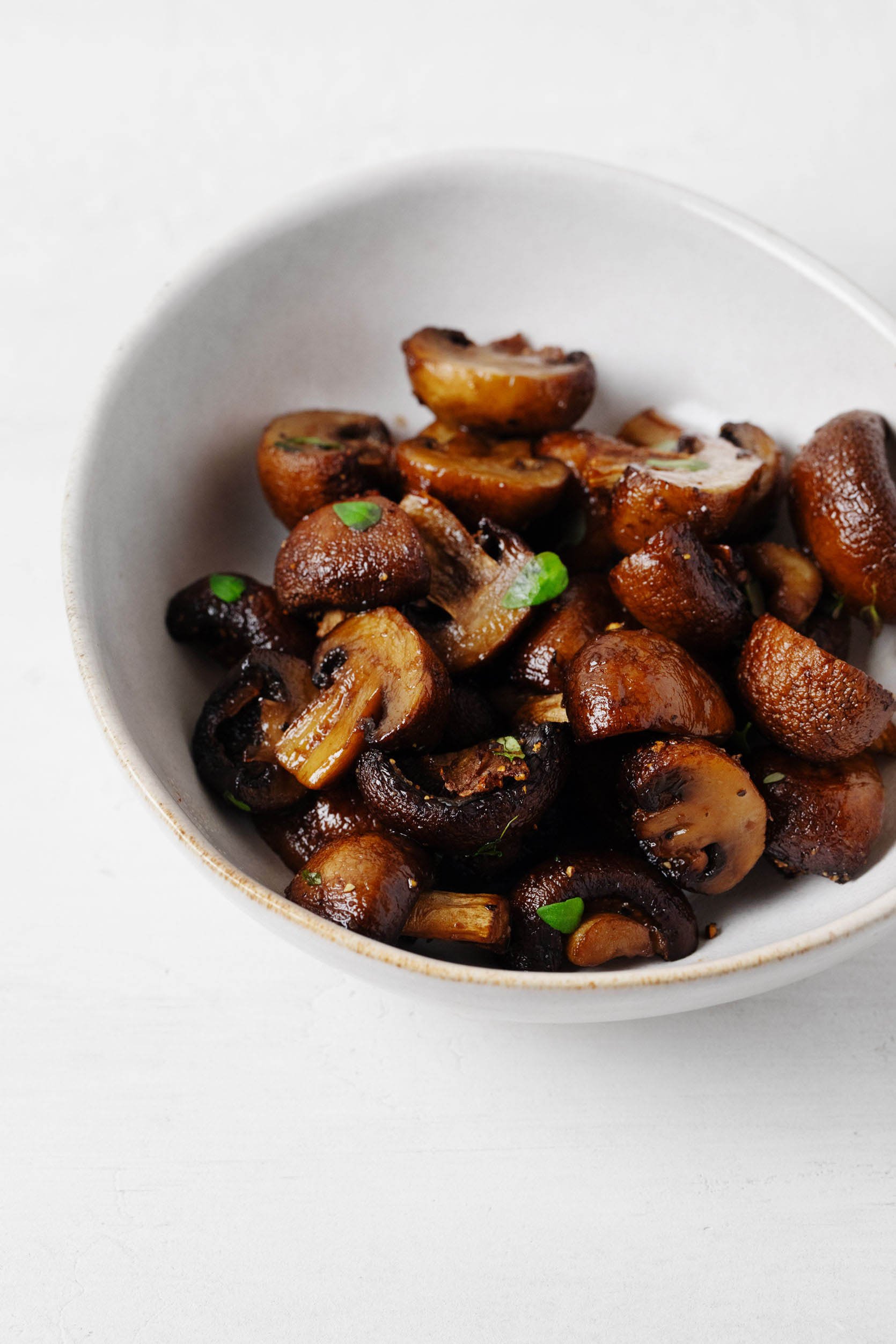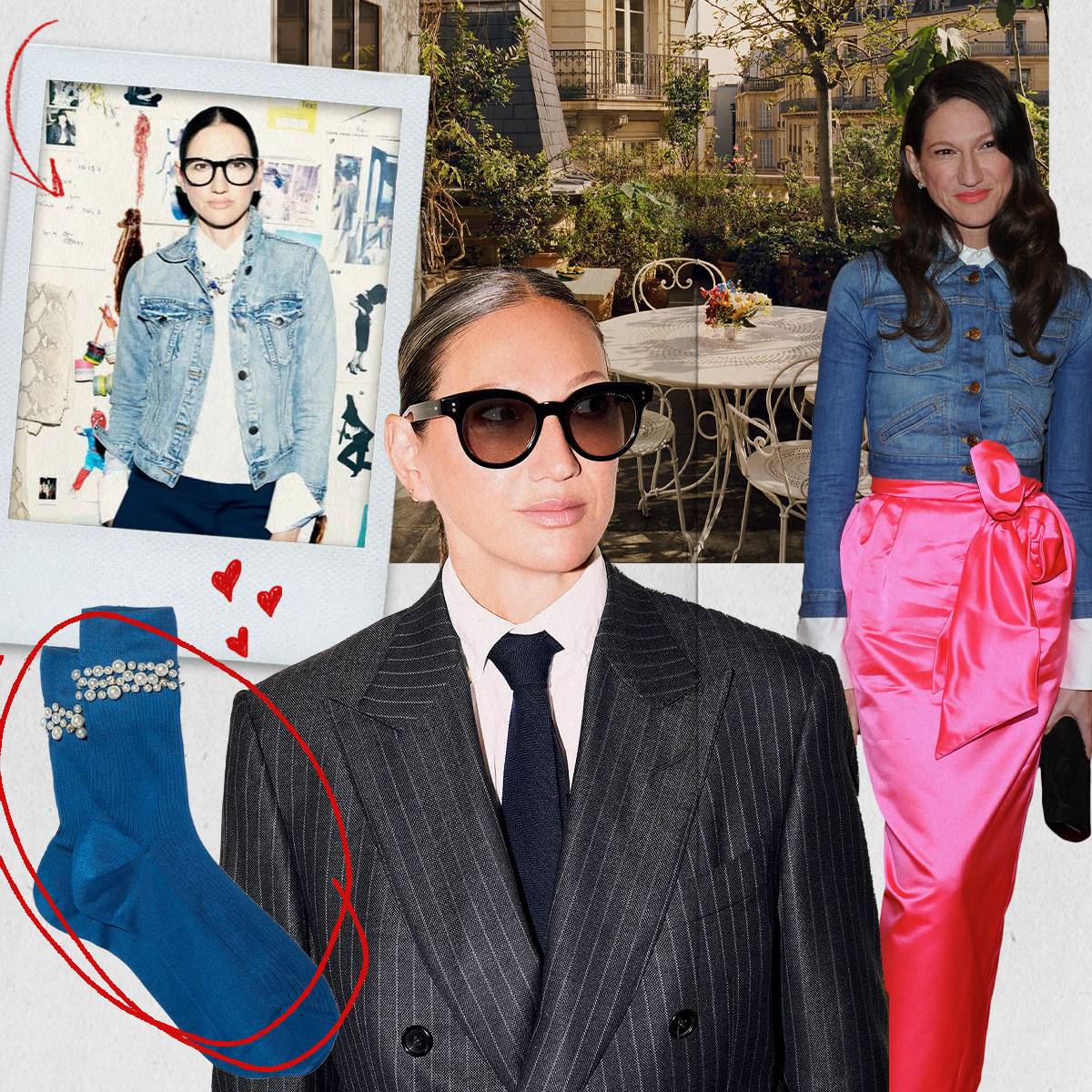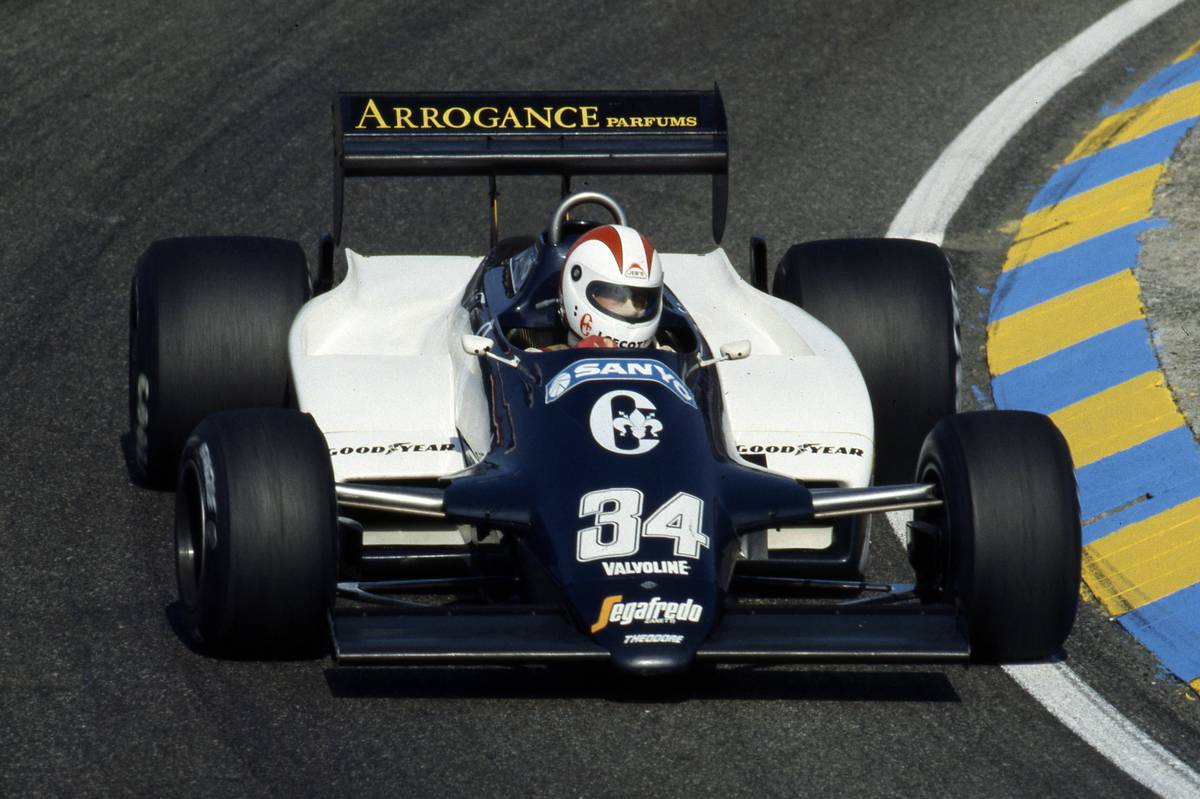Rare Rides Icons: The Cadillac Eldorado, Distinctly Luxurious (Part XLVII)
We return to our Eldorado coverage today, in what may be the most interesting segment in this series for some of you: A review of the exterior styling on the all-new 1967 Fleetwood Eldorado. We covered the model’s dimensional changes and feature set in the last installment . Those newfangled seat belts were still optional, and so were disc brakes for the front wheels. Thankfully, the incredible looks of the Eldorado were standard .
We return to our Eldorado coverage today, in what may be the most interesting segment in this series for some of you: A review of the exterior styling on the all-new 1967 Fleetwood Eldorado. We covered the model’s dimensional changes and feature set in the last installment. Those newfangled seat belts were still optional, and so were disc brakes for the front wheels. Thankfully, the incredible looks of the Eldorado were standard.
![]()
As mentioned last time, the cutting edge design of the front-drive Eldorado made the preceding model appear ancient and conservative in an instant. For the first time in an exterior styling comparison, we encounter an Eldorado that doesn’t require a note to explain which car is which. From the front ¾ view, the 1967 replaced metal bulk and rounded fender shapes with sharp creases and a much cleaner look.![]()
The power bulge increased greatly in 1967, and the central point of the prow was further emphasized by a sharp crease along the leading edge of the hood. Headlamps moved inward into the grille, and were covered by motorized covers for the first time. At the corners of the front end where the headlamps resided previously there were body-colored inserts that hinted at a lighting change the following year. ![]()
For the first time the egg crate grille was chunky and sporty looking, and actually extended into the bumper. The grandiose Eldorado grille was a thing of the past, and the lower and leaner profile of the front-drive model meant there was less upright real estate to cover at the front end. Indicator lamps were relocated to the bumper at either side of the extended grille. ![]()
The bumper itself was much cleaner in its design, and did not wrap all the way to the wheel arch. It was confined at the front corners, and cut off sharply at the fender. From there, a chrome trim strip carried on to the wheel arch for visual continuity, and extended under the full length of the car. Side indicators were moved lower on the body, into the available space previously filled by the chrome bumper. The indicator lamp and its trim changed very little from the outgoing model.![]()
Notably as chrome trim wrapped around the wheel arch, the arches themselves were much closer to the tire and the expanse of empty wheel well was no more. It was a detail designers began to focus more on around this time, fitting the wheel well to the tire. New vented wheel covers meant the 1967 looked much more modern than its wire-wheeled predecessor.![]()
Atop the creased and sharp fender was a character line that dipped just past the A-pillar and faded away. It returned just after the door, and formed an integrated fin design that managed to be sporty looking. Those two separate character lines were supplemented by a strong crease in the middle of the body that ran the full length of the car. Most examples of the 1967 Eldorado went without a passenger side mirror, a new option in a nod to smoother visuals.
Above it all was a more relaxed A-pillar with much less chrome than previous models. Also simplified was the window opening, fitted with a regular sliding side window, and rear side glass that disappeared backward into the B-pillar. Traditional Eldorado block lettering on the fender migrated upward, and appeared to rest atop the body crease. Aside from the wheel logos, The Eldorado sported an additional Cadillac crest on either side at the B-pillar. Side crest detail was required as part of the Fleetwood line, and reserved specifically for those upmarket models made at the Fleetwood factory.![]()
Past the angular B-pillar was a sloping rear deck above an exposed rear wheel. The Eldorado hadn’t permanently left the Fender Skirt Alliance, but it would be a few years before another example returned. Aft of the wheel there was a notable decrease in metal volume, as the fender headed upward into a tidy looking rear end.![]()
The small rear fins that held the tail lamps were mirrored in the bumper line very cleanly. Brake and indicator lamps were minimal looking vertical affairs, bisected by a chrome strip. The Eldorado was immediately recognizable as a Cadillac with its brake lamp design, but the reversing lamps took a different approach to the norm. ![]()
They separated from the rest of the tail lamp assembly, and were mounted within the bumper in simple thin rectangular lenses. The bumper itself was simplified and removed the grille detailing that marked the several prior model years. The license plate was moved lower in the bumper to make room for a more sloped trunk lid.
Though the trunk had a strong crease along its outside edge, it sloped more softly to the bumper than in 1966. The rear Cadillac crest was moved upward slightly to make room for the fuel filler door. Previously located behind the license plate, the lower placement of the plate in 1967 did not allow the same fuel door design.![]()
With its shorter wheelbase and overall tidier proportions and styling, the 1967 Eldorado lost much of the slab sided, boaty look the model had when it was a sibling of the DeVille. There was certainly a customer for that type of car (as continued sales success of the DeVille convertible showed). But the more expensive personal luxury offering needed to be different. Designers certainly managed that on the exterior, and next week we’ll see if there was a similar revolution in interior accommodations.
Become a TTAC insider. the latest news, features, TTAC takes, and everything else that gets to the truth about cars first by subscribing to our newsletter.













